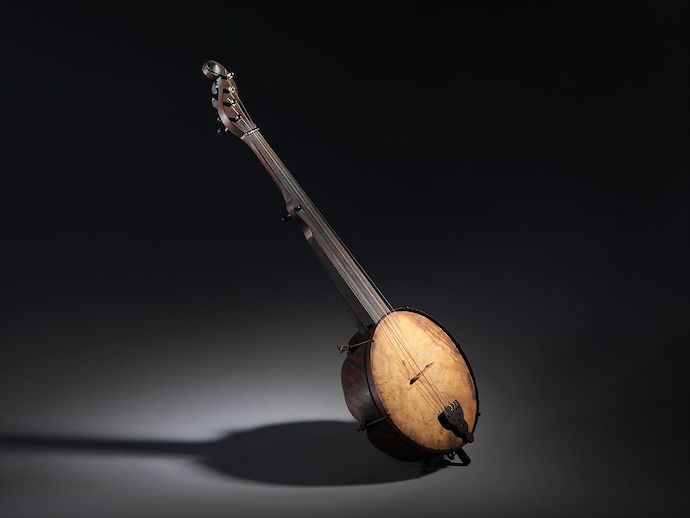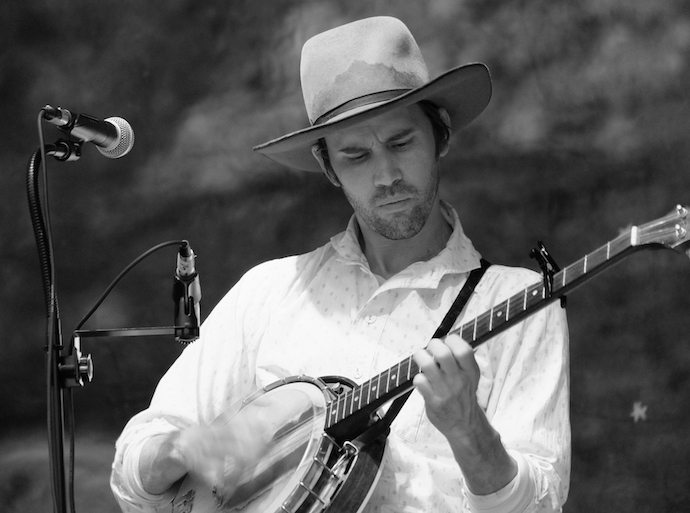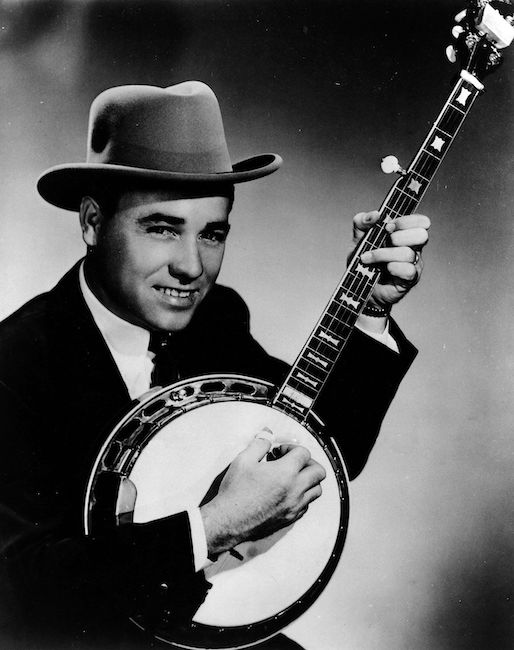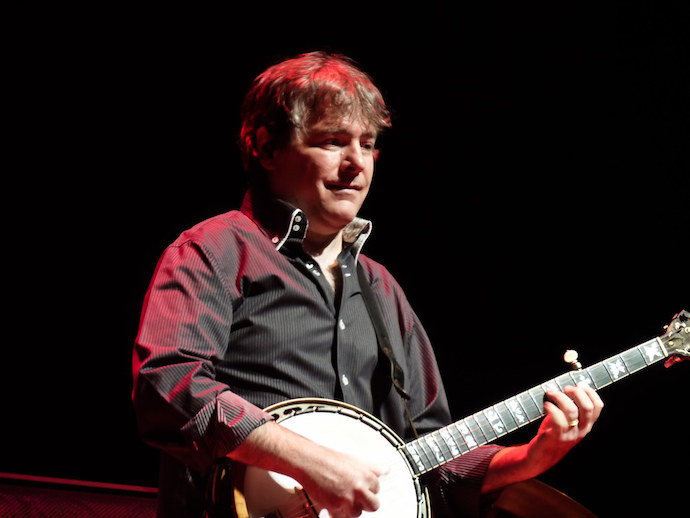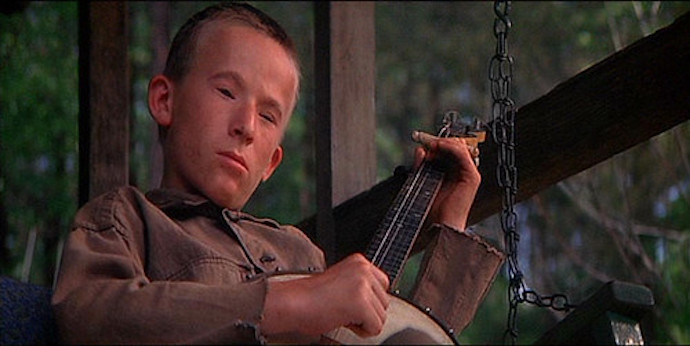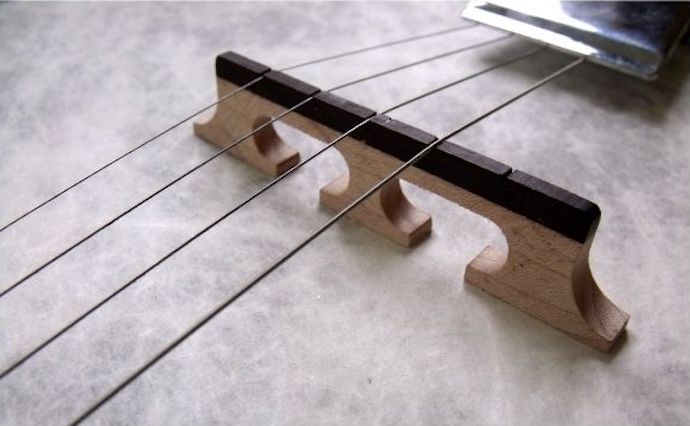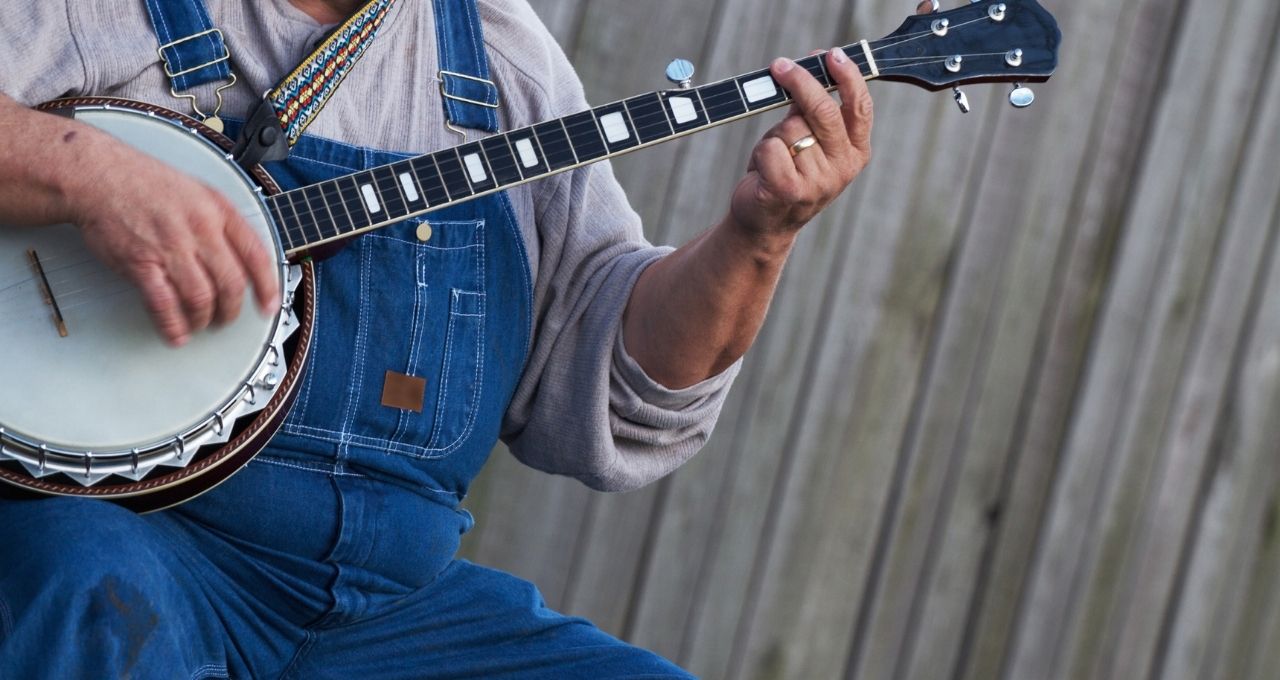
40 Facts About the History of the Banjo (From Africa to Appalachia)
The History of the Banjo, from Africa to Appalachia includes Styles of Playing the Banjo, Famous Banjo Players, Famous Banjo Songs & more!
40 Facts About the History of the Banjo (From Africa to Appalachia)
May 27, 2022 by Jonathon Engels
Disclaimer: This post may contain affiliate links. All hosted affiliate links follow our editorial & privacy policies. Tweet Share
Pin47 Share
47Shares
American folk music, and particularly traditional Appalachian music, would be incomplete without the signature twang of the banjo.
Along with the accompaniment of the fiddle, the banjo has echoed from porches across the Blue Ridge Mountains region for centuries.
Before becoming part of larger string-band ensembles, banjos historically supplied the background music for storytelling.
Later, the banjo took on a more rhythmic role, pacing tunes as the fiddle played the melodies over them.
Both its role in music and its physical makeup as an instrument has continued to evolve over the decades.
Through the years, the banjo has held a place at the height of Appalachian culture and the popularity of bluegrass music.
But it has also been looked down upon as the lowliest of instruments. It has been both a driving force in cross-cultural collaboration and a symbol of racial division.
Whether you love it or hate it, the banjo is undeniably an important element of the Appalachian Mountains culture, the evolution of the USA, and the unique musical history of our ancestors.
Read on for 40 fascinating facts about the history of the banjo, from its ancient roots in Africa to the traditional music of the southeastern US and its recent resurgence in popularity.
READ MORE: The Appalachian Culture & History of the Blue Ridge Mountains
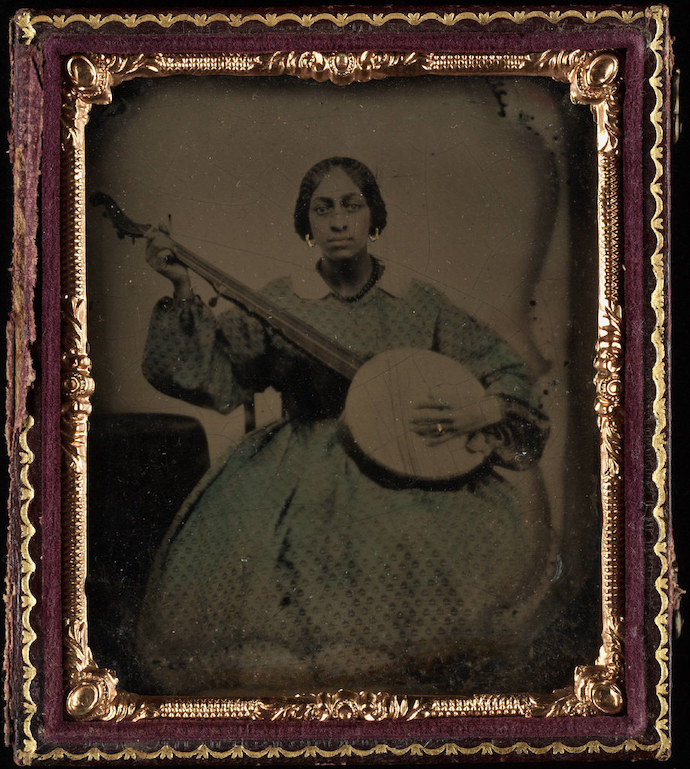 A young black woman holding a banjo, photo by Beinecke Library via CC BY 2.0.
A young black woman holding a banjo, photo by Beinecke Library via CC BY 2.0.Facts about the History of the Banjo
- African Banjo History
- Appalachian Banjo History
- Styles of Playing Banjo
- Famous Banjo Players
- Famous Banjo Songs
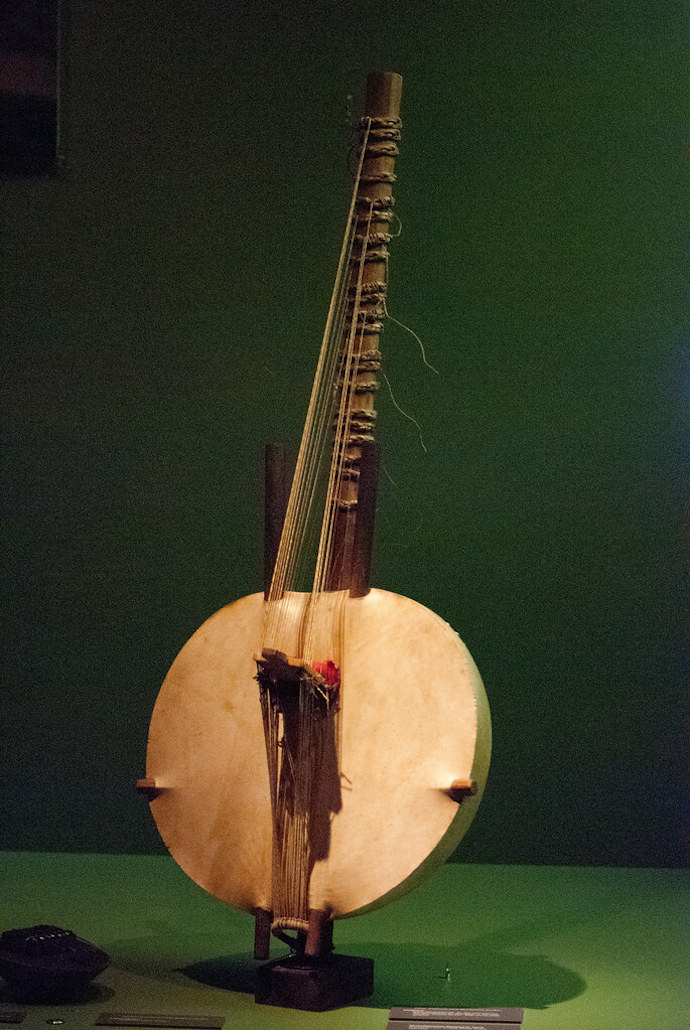 Kora (a.k.a. African Banjo), photo by quinet via CC BY 2.0.
Kora (a.k.a. African Banjo), photo by quinet via CC BY 2.0.African Banjo History
1. The origins of the banjo begin in Africa, with accounts from European explorers noting a “gourd with neck and strings.” Specifically, the banjo is a West African instrument, which came to the Appalachian mountains via slavery.
2. Early African banjos varied widely, with at least 60 similar instruments that could be the inspiration for modern banjos. All had gourds for bodies and sticks as necks, with stretched animal skin over the heads. Historians don’t know exactly which, or how many, of these African banjos inspired the American banjo.
3. The most famous African versions of the banjo are the ngoni and xalam, as well as the akonting. The ngoni and xalam were used by griots, who were responsible for preserving the oral history of their tribe. The akonting was (and still is) played by average people in the Jola tribe.
4. The first gourd banjos in the Americas were documented in the Caribbean, with the Jamaican banja possibly an origin for the word banjo. Thomas Jefferson, who lived in the Blue Ridge Mountains near Waynesboro VA, noted one of his enslaved Africans playing a “banjar.”
5. Early gourd banjo instruments had different numbers of strings, necks of different lengths, and bodies with no standard size or shape. Antique depictions of them on Southern plantations suggest they had thick strings, with much deeper bass tones than modern banjos.
READ MORE: The 15 Best Things to Do in Waynesville NC
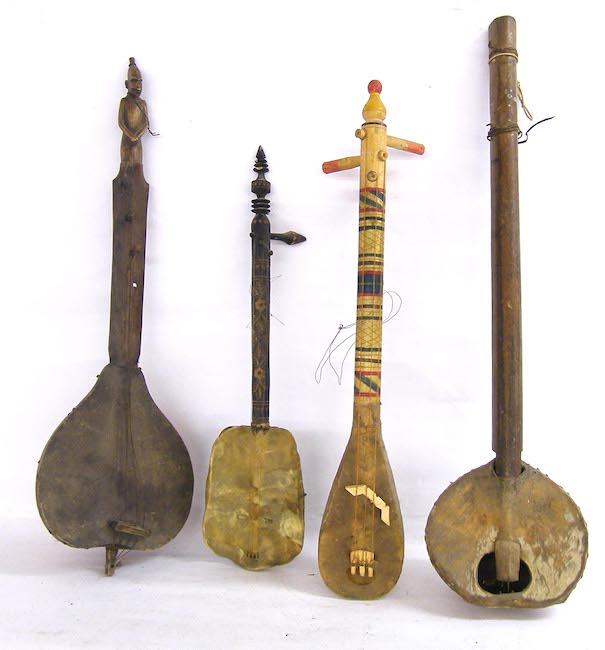
6. Banjo music was a mainstay on Southern plantations, where the instrument went through evolutionary changes during the pre-Civil War era. The necks became flattened (but remained fretless), and tuning was done using wooden pegs rather than rings that slide up and down the neck to tighten the strings.
7. Until the 19th century, the banjo was only played by African people. But in the 1820s enslavers began to prevent enslaved Africans from playing music. Instead, white minstrels in blackface began playing banjos while mocking slaves.
8. Minstrel shows were obviously extremely racially insensitive by today’s standards. And yet they existed prominently in American culture for well over a century, from the 1820s to the 1950s.
9. Despite this offensive cultural practice, the adoption of the banjo as an instrument for all races did foster advancements. The body of the banjo became a wooden box, and the head thus became more the drum-like configuration we have today.
10. Joel Walker Sweeney, an (in)famous minstrel banjo player, eventually teamed up with William Boucher, Jr. to produce the first commercially manufactured banjos. The Baltimore-based Boucher used European drum-making techniques to give the banjo its head, and also introduced a device for controlling its tone.
READ MORE: The Top 25 Blue Ridge Mountain Towns in GA & NC
